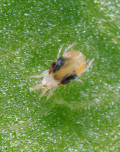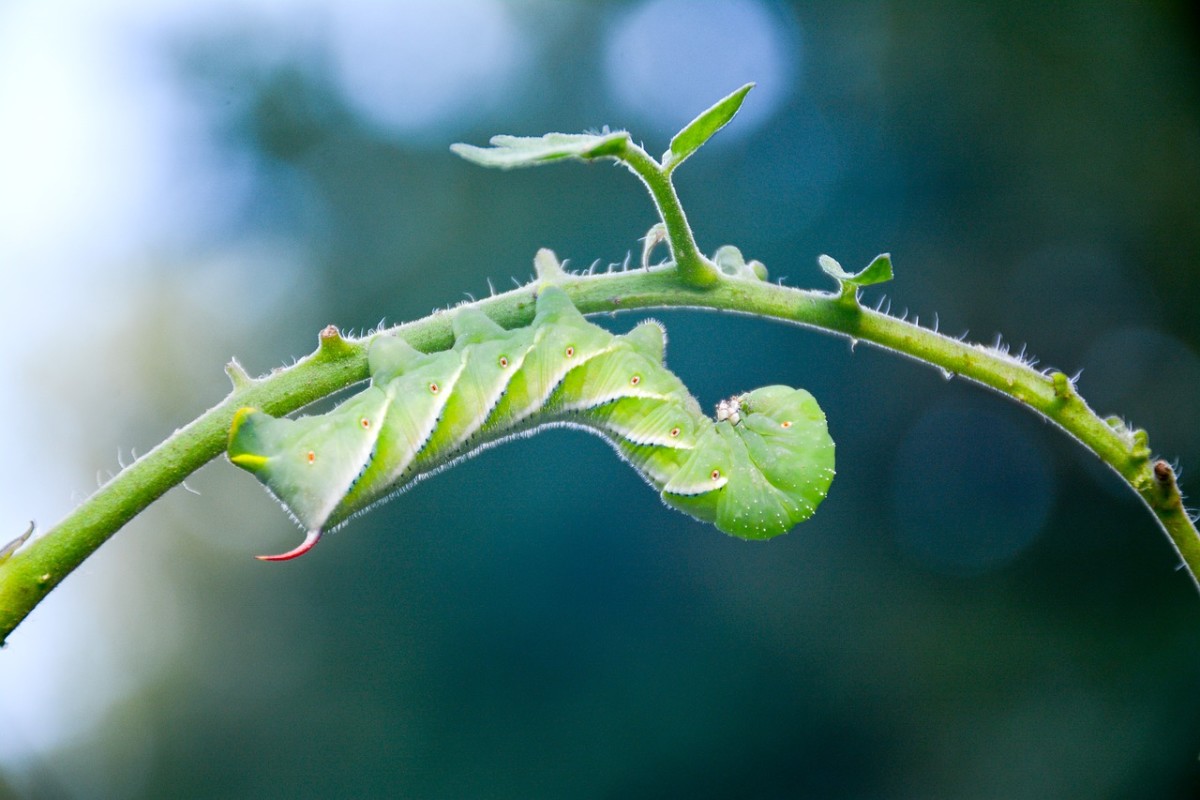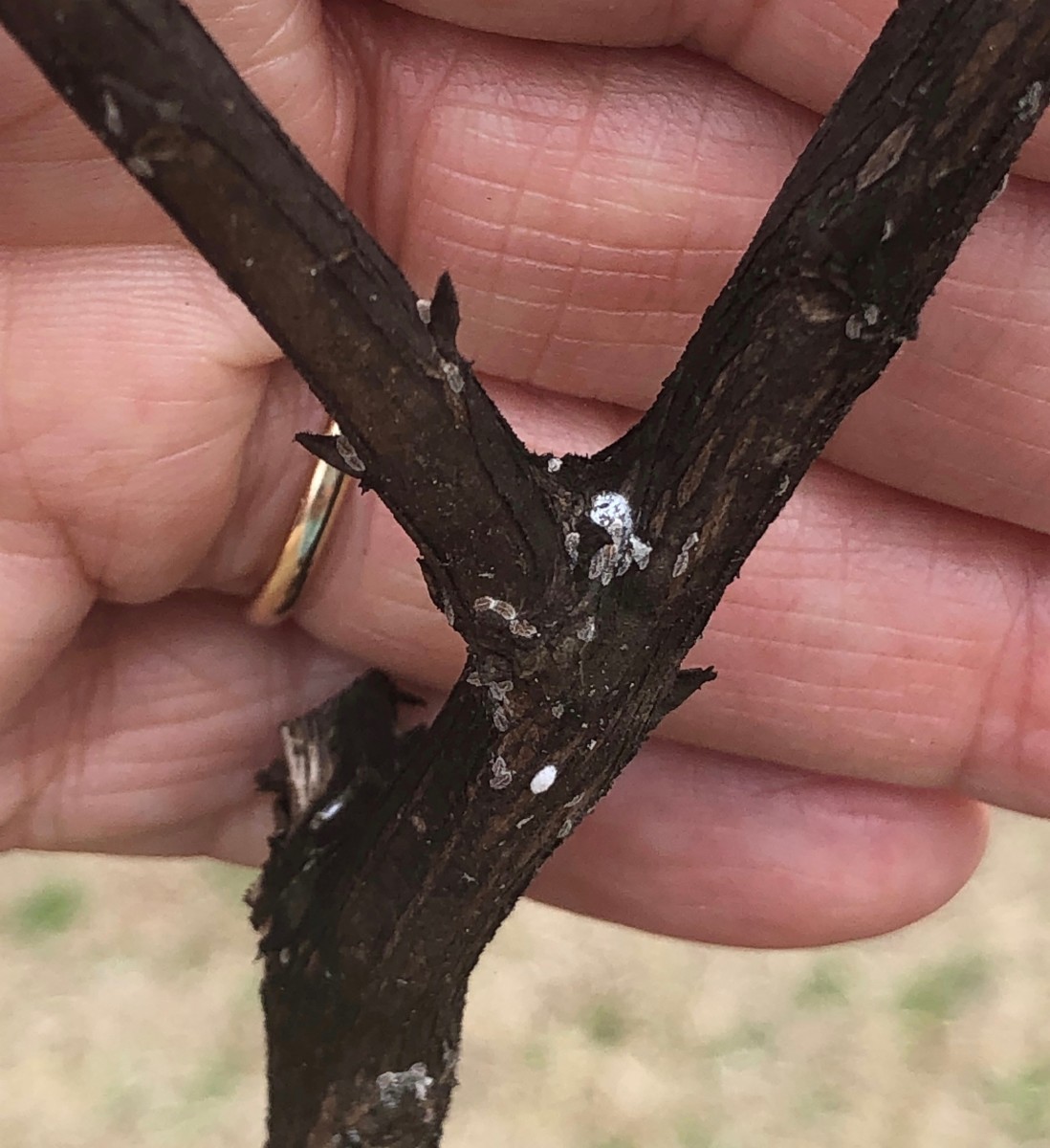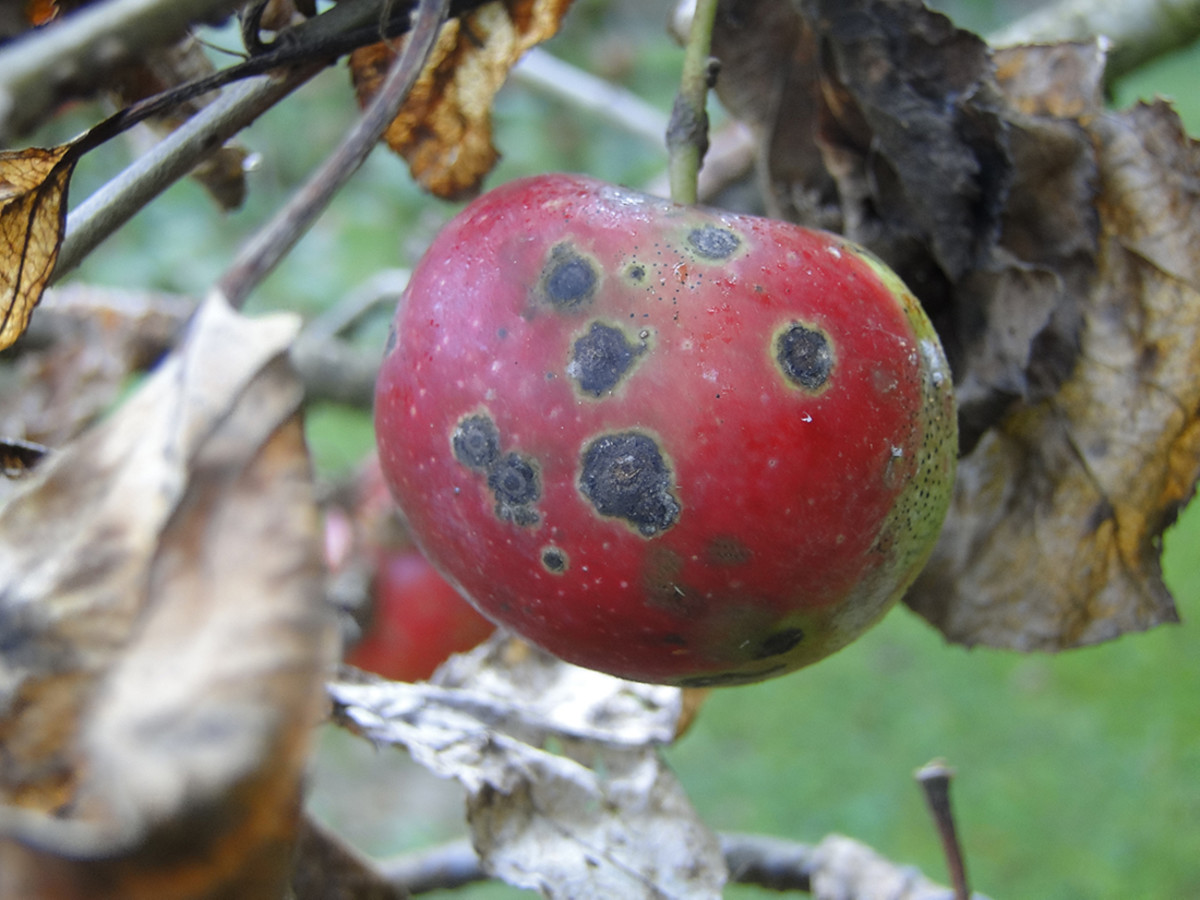Two-Spotted Spider Mite, Gardener’s Worse Pest
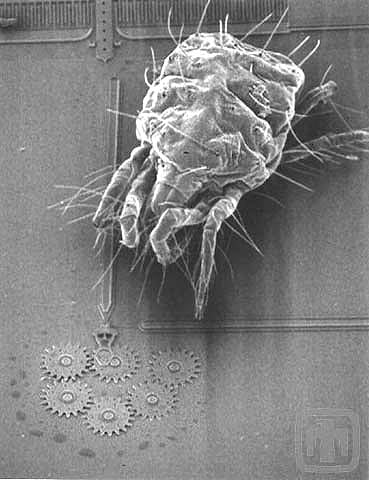
The two-spotted spider mite (Tetranychus urticae), though small, these creatures can lay havoc on any field, garden or greenhouse. Why? If conditions are right for the mite either inside or out, they can reproduce very quickly and cause a lot of damage. I will go into its description, the plant symptoms of spider mite infestation, along with methods to control the mite.
Before I begin, I would like to share a true story that illustrates the fear that a two-spotted spider mite can have on someone in a greenhouse setting.
A man, seeing the culprit that was killing his plants, scraped the small moving specks into the bag and sealed it. He got into his car and headed for the nearest nursery/ garden center. One of the individual’s who cared for the plants, looked at the bag of bugs. "These are two-spotted spider mites; get them out of our nursery." The man was stunned by the command, but took his bugs in hand and left. He had a name, and he knew he had something that the nursery did not like, he just had to figure out how to fix it. You will learn, as he did, why the two-spotted spider mite is not a pest that any gardener or farmer would want.
Life Cycle of the Two-spotted Spider Mite
To describe the two-spotted spider mite, it is best to see the whole life cycle and the metamorphosis of the mite. Let us begin with the female, which is the only mite to survive and go dormant in the winter. When spring arrives, the female mites will become active.
Life Cycle of the Spider Mite
1. Egg - the eggs are spherical and translucent with a diameter of about 0.1 mm. They are usually laid under the underside of leaves among extensive webbing created by the adult female. As the egg ages, it will turn a pale yellow or green color and the red eyespots of the young larva will become visible before hatching.
2. Nymphs - This is the young stage. The color at this stage depends upon their host plant. Normally it is pale yellow, pale green or straw colored with two green spots.
In the first nymphal stage (larva), it is six-legged. The later stages, which include the protonymph and deutonymph stages, it will become eight-legged.
3. Adult - at full maturity, the adult will be less than 1/60-inch-long, with eight-legs, and a color than can range from yellow, tan, or green. As they mature, they will grow two dark spots on each side of their shoulders.
As winter approaches, and temperatures gets cooler, reproduction will cease and all stages will die, except for the adult female. During winter, the adult female will become dormant, stop feeding, and begin to cluster with other females in straw mulch, dead leaves, crevices in soil, loose bark, or in plant debris. There they will remain until spring.
Do You Have Two-spotted Spider Mite Damage
The spider mite will begin feeding on the bottom of the plant, then slowly move to the top. They will cease their feeding only when the plant is dying or dead. Thus, it is important to be on the lookout for the signs early. Here are some of the indicators of spider mite damage:
1. Leaves dropping from plants prematurely
2. Small white pin spots on underside of leaves. These are eggs.
3. Small yellow or brown spots on the leaves. The mite is beginning to suck the cells of the plant leave.
4. Mites leave behind white webbing. You also might see webbing but no mites. Nevertheless, if there is anything left to be eaten of the plant, they will be back. The fine webbing is used to protect eggs and adults from natural predators and from the weather.
5. Leaf discoloration. As the colonies grow and feeding increases, leaves will turn gray-green, to yellow, to brown, then the leaves will drop off.
6. Make note of weather conditions. If it is dry and hot, spider mites will strive.
Note: The symptom of spider mite infestation looks similar to that of drought symptoms. Thus, it is wise not to assume, but instead, take the time to take a closer look at your plants. If you leave your plants at the mercy of the spider mite, the mite will win.
It you still not sure that you have a spider mite problem, you can take a closer look at your plants by shaking some of the leaves of the plant onto a white piece of paper. If you see black spots that like dirt, and these specks are moving, you may very well have a spider mite.
How Do Spider Mites Damage Plants?
They are capable of attacking the plant in several ways:
1. The mite will pierce the stems and leaves of plants, sucking the cell contents from them.
2. It will bite around the leaves leaving jagged edges.
If the infestation is not put into check, the mites can kill the plant.
How to Control Spider Mites
A spider mite can feed on almost any of the plants that you have in your garden. However, there are natural insecticides, simple methods and chemical pesticides that can help control the mite.
Natural Insecticides
1. Summer horticultural oil spray
2. Phyrethrum – Environmentally safe derived from 100% African Chrysanthemum flowers.
4. Soap Shield
5. Neem Oil - Many have found success using neem oil in the garden and on the indoor plants. However, remember this is not a quick fix. It will take about two weeks to see a change. When you spray the oil, it will kill the eggs and adults that you spray. In addition, once dry, and consumed by the mite, it can cause hormonal changes.
Simple Methods for Small Mite Infestations
There are some simple methods of controlling spider mites. Some of these solutions are more geared to small infestations or indoor use. Please note, because of the nature of these methods there is no guarantee of success.
1. Sprinkling water and soap solution onto the colony. This will suffocate the adult mites and may wash off the eggs.
Here are several additional versions of the soap and water solutions you can try:
a) Use one teaspoon of liquid dish-washing detergent with 1 cup of vegetable oil. Shake well, then add 1 quart of water. Use in 10-day intervals. Be sure to test on a single plant because the oil in the mixture can cause plant burn.
b) Use ½ cup baking soda, 1 cup vinegar, 3 tablespoons of lemon juice, 2 drops of dish soap, mix with water to make 40 fluid ounces.
2. Sprinkle the colony with flour, buttermilk and water solutions.
3. Spray plants with a 1:1 mixture of water and alcohol. Some even suggest 1:3 mixture of water to alcohol. You will need to cover the entire plant, focusing more heavily on the bottom of the leaves.
4. Put in peat moss to fill in gaps between plants this will help retain humidity and moisture, both conditions of which spider mites cannot easily survive in.
Use Natural Predators of Spider Mite
Biological control of the mite can be achieved by using their natural predators:
1. Ladybugs
2. Lacewings
3. Feltiella acarisuga (feeds on spider mites)
4. Predatory mites such as Phytoseiulus longpipes, Phytoseiulus persimilis, and Metaseiulus occidentalis. If you are thinking about using a predatory species to kill your 2-spotted mites, it is best to enlist the help of your suppler in determining which predator will best help your specific condition.
Chemical Pesticides
The use of pesticides should be last on your list of controlling the spider mite. Why? When the spider mite sucks the sap out of your plant, it is highly likely they will pass the pesticides into your plants as well.
In addition, pesticides can kill off helpful insects, and thus, lead to other problems.
As you can expect, prevention is the first line of defense against spider mites. The second line of defense is control. Why? Pesticides will control them only until they become immune to its affects. In the process, you may have inadvertently killed some of its natural predators. Bottom line, these monstrous little beasts can kill everything in your garden, if left unchecked.
Reference
Two-Spotted Spider Mite - http://www.benemite.com/twospot.htm
Two-Spotted Cycle - http://mint.ippc.orst.edu/twospotcycle.htm


